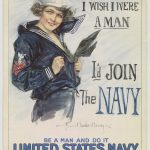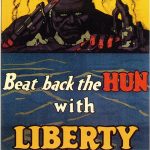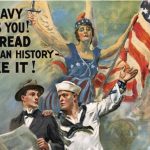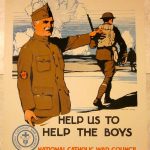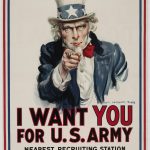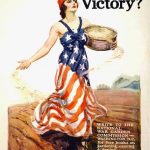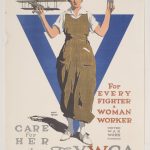Please take time to fill out course evaluations, available here: link.
Author Archives: Prof Henebry
In Class 4.2
In Class
Nothing as yet.
In Class 3.2
In Class 3.1
In Class
In Class 2.2
A Problem Closer to Home (literally)
You all will likely recognize this view,  as it’s been in the background for all my Zoom appearances, both this semester and last.
as it’s been in the background for all my Zoom appearances, both this semester and last.
It’s a print from John James Audubon’s Birds of America, a massive volume full of color illustrations created not merely as art but as science: an effort to establish “type specimens” of many birds.
It turns out that Audubon is a bit of a racist, though: link. I saw this article just this morning. It was the first I heard about Audubon’s history as a slave owner and racist. Read the article and then come back to class ready to discuss the real and pressing question of whether I need to remove that image from my wall.
In Class 2.1
In Class
Mt Auburn Writeup
Mt Auburn Writeup
On the tour Tuesday, we asked you to find and photograph something striking. Post your photograph in the comments below, together with a brief writeup (3-5 sentences, max) connecting what we see in the photo to our recent discussions of visual rhetoric and memorials.
Note: the max file size is 12MB, so if you’re having trouble with the attachment, that may be the problem. The other issue is with .heic files—open them and save-as or export to .jpg.
Archived Class Video
Class section D5 is being recorded for the benefit of anyone who misses class. Those episodes can be found on the Rhetoric class Blackboard site.
I’ve also posted video from our recent excursion to Salem, both the Zoom recording of the talk that Salem expert Jim McAllister gave to the remote students AND the presentation that Prof Underwood gave to in-person students. So if you’re looking for inspiration on the upcoming interdisciplinary group project, go see what students in other sections learned.
Class 6.2
Tidying Up
It’s been an intense summer term. I hope you enjoyed the excursions and interdisciplinary activities as much as I did.
No homework for this final class. We’re going to do some last-class organizational stuff, including instructions for the update to your ePortfolio and showing clips from your video essays.
In place of homework, reply in the comments with a 2-5 minute clip that you’d like me to play from your video essay: give the start and ending time signatures.
Class 6.1
The Digital Revolution
In its early years, the internet struck many observers as a positive development, linking humans in new ways. Yet even as the internet has encouraged minorities to unite and organize, it’s also encouraged extremist groups whose views are incompatible with a free society. Two relevant examples: one positive | one negative. (If you have trouble accessing these articles, here are pdfs: article 1, article 2.)
I’m sure you all have ideas about this, since it’s a topic you’re living on a daily basis. Leave a brief comment with an insight of your own, about what makes the internet so powerful a force—for good and evil—or perhaps what we need to do to bring it to heel.
Picturing a Neighborhood
In the second half of class, I’d like for some or all of you to briefly present your photo essay to class. So give a few minutes thought to what you’d want to say, by way of introducing it. Perhaps what got you interested in that neighborhood, or an anecdote about it, or a story about how it’s changed over the years—or how it’s changing in the present day.

